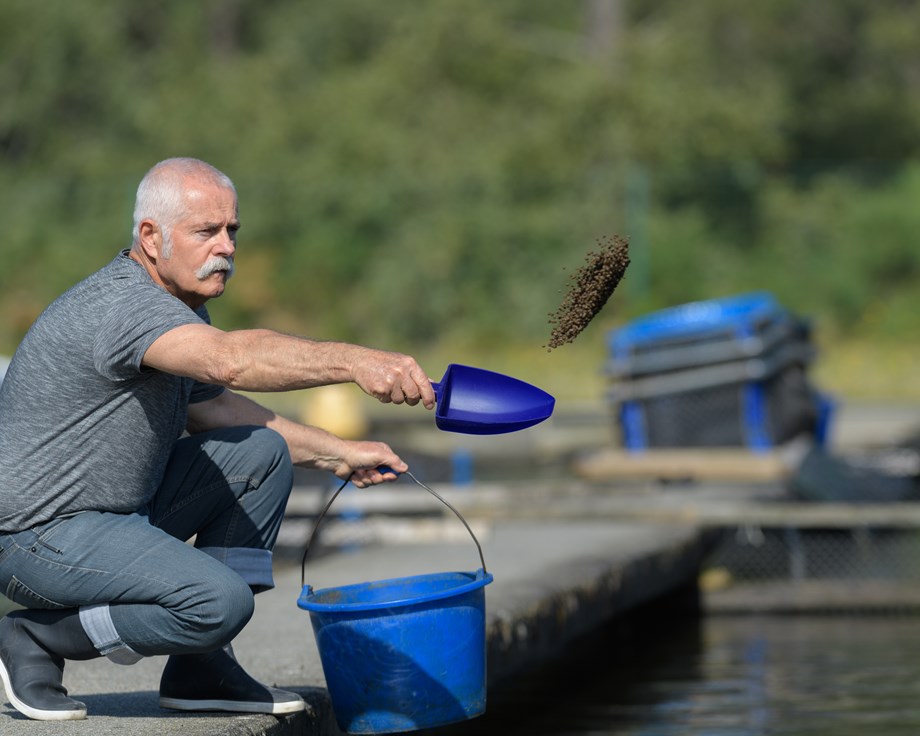ERA-AQUA 2.0
The ERA-AQUA 2.0 model was developed to assess the risks of veterinary medicinal products applied in pond aquaculture for the targeted produce, surrounding aquatic ecosystems, consumers and trade.
The ERA-AQUA model is able to calculate environmental and human health risks for a wide range of chemicals and aquaculture scenarios based on information on environmental characteristics, aquaculture management practices, and physico-chemical and toxicological properties of the compound under study.
Developed by Wageningen Environmental Research and IMDEA Water

